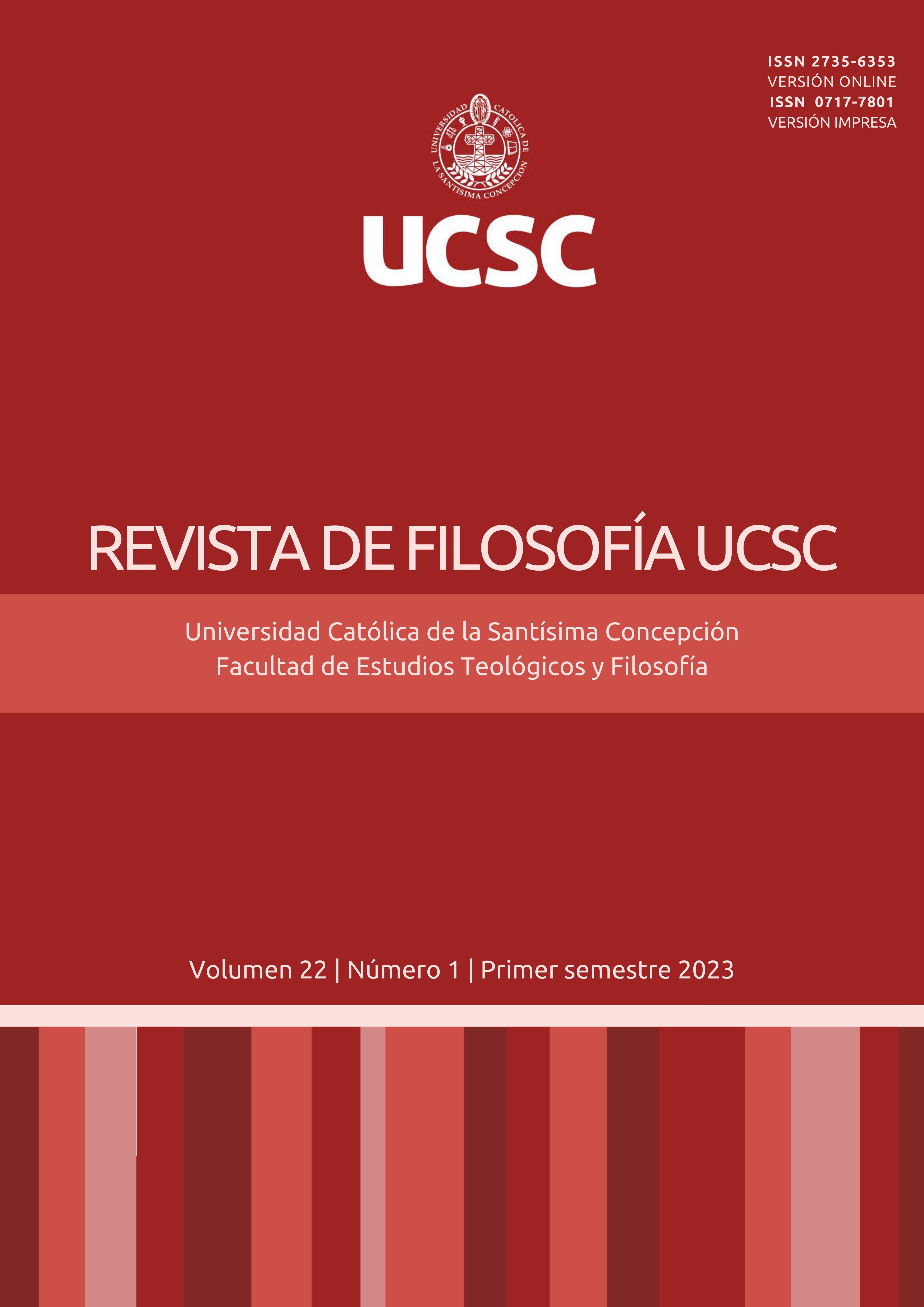The theme of the body in Francois Truffaut's filmography
Main Article Content
Abstract
In this paper, we aim to analyze and relate the theme of the body in part of the filmography of the French director François Truffaut. To achieve this, we will use two cinematic works: The 400 Blows and Jules et Jim, and review concepts such as love and violence seen from the perspective and direction of this acclaimed director, a great representative of the French New Wave. However, before starting our review, we will examine the possibility of philosophically analyzing cinema, and once we defend this possibility, we will trace the films, examining the use and presence of the concept of the body from a philosophical standpoint. Finally, we bring up this director due to his artistic and philosophical level regarding the themes addressed in his works, and with this analysis, we will contribute to the philosophical debate and film study with the concepts used.
Article Details
Section

This work is licensed under a Creative Commons Attribution-NonCommercial 4.0 International License.
The Revista de Filosofía UCSC is an open access journal and does not charge for publication. In addition, it regulates its Copyright and access policy according to the Creative Commons Attribution-NonCommercial 4.0 International Public License (CC BY-NC 4.0), therefore sharing (reproducing and distributing the material in any medium or format) and adaptation (modifying, transforming, and creating from the material) is allowed as long as proper credit is given and the citation is included with the corresponding data. Moreover, it is not allowed to use the material for commercial purposes.
How to Cite
References
Achondo, P. (2021). La (no) metáfora del cuerpo. Cuerpo abusado, cuerpo torturado, cuerpo transfigurado. Theologica Xaveriana, 71, 1-25.
Badiou, A. (2002). Condiciones. Siglo XXI.
Badiou, A. y Truong, N. (2012). Elogio del amor. Paidós.
Deleuze, G. (1983). ¿Qué es la filosofía? Anagrama.
Deleuze, G. (1987, 17 de marzo). What is a Creative Act ? [Discurso principal]. Tuesday lecture series at the FEMIS film foundation.
Deleuze, G. (2016). La imagen-tiempo Estudios sobre cine 2. Paidós.
González, D. (2021). Cuerpos mirados, cuerpos que miran: las series fotográficas de Carla Yovane. Aisthesis, 69, 239-258.
Heurtebise, J. (2013). About the condition of Posibility of the Philosophical Analysis of Films: A Kierkegaardian, Girardian, And Deleuzian Reading of “In the Mood for Love”. Revista Portuguesa de Filosofía, 69 (3/4), 451-469.
Kant, I. (1987) Critique of Judgment. Hackett.
Le Breton, D. (2007). El Sabor del Mundo. Una antropología de los sentidos. Nueva visión.
Le Breton, D. (2021). Cuerpo enigmáticos: variaciones. Lom.
Morales, K. (2019). El cuerpo actual desde David Le Breton: considerando el capital corpóreo en la psicología. (Trabajo de grado Psicología). Universidad de San Buenaventura Colombia, Facultad de Psicología, Cali.
Ortecho, M. (2021). El cuerpo en escena. Methaodos. Revisa de ciencias sociales, 9 (2), 304-316.
Sain, A. (2021). El camino del amor en el Banquete: un ascenso desviado a lo divino. Nuevo Itinerario, 17 (2), 1-26.
Truffaut, F. (Director). (1962). Jules et Jim [Jules y Jim] [Película]. Les Films du Carrosse ; Sédif Productions.
Truffaut, F. (Director). (1959). The 400 Blows [Los 400 Golpes] [Película]. Les Films du Carrosse; Sédif Productions.




